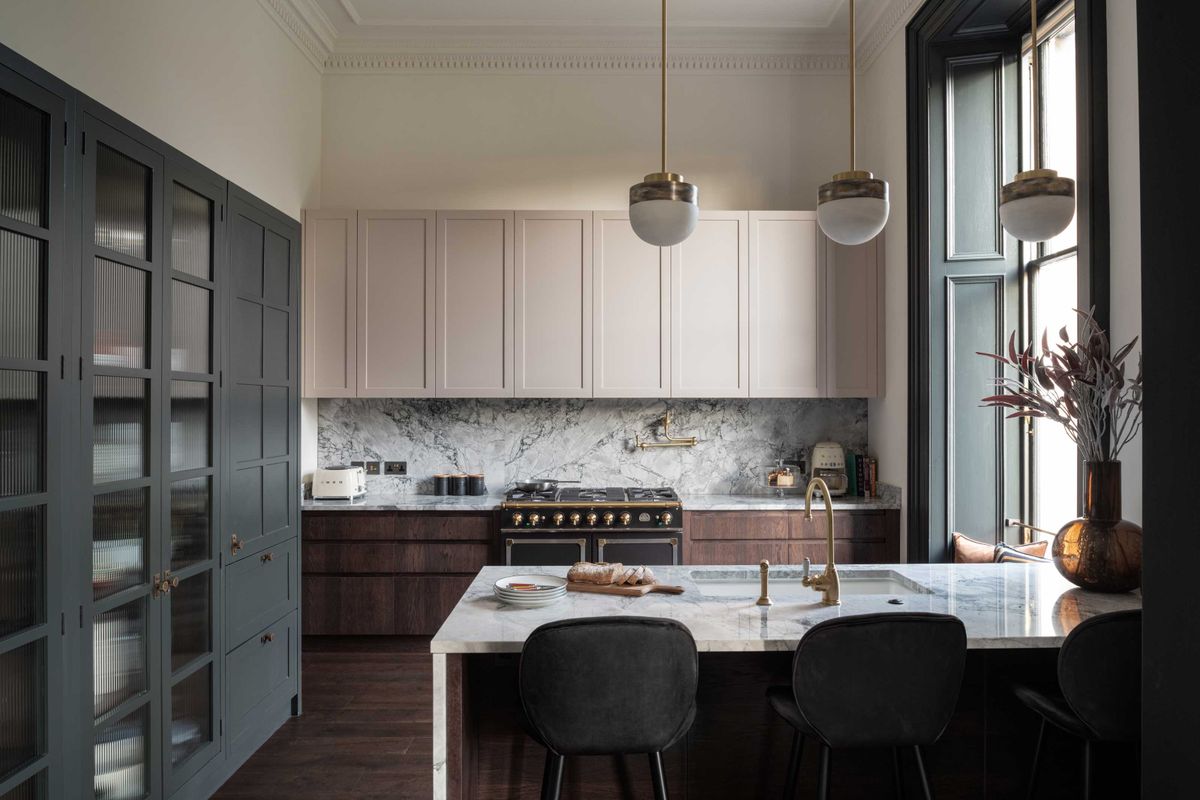By Terry Twigg
(March 2, 2023) — One of the best things about having a garden is that it’s never finished. No matter how many years you’ve been working on it, there will always be new hybrids to plant, new combinations of color and texture to try out, new ideas for neglected corners or tired beds. Gardening, more than most hobbies, engages both sides of your brain: to succeed, you need to summon your scientific and mathematical aptitude as well as your artistic ability. New ideas crowd our heads in early spring, as the endless possibilities of another gardening year spread out in front of us. And thank goodness for that, because our creative hours in the garden would otherwise be nothing but dull maintenance.
For me, adding native plants to my still-mostly-traditional gardens has become an integral part of each spring’s creative challenge. Native plants feed native insects, and they, in turn, feed native animals, including our birds. I know we can’t fully restore our ecosystem to its perfectly balanced, precolonial status, but we can give it a good try. But for at least the last century, the ideal garden has usually been a traditional English one, filled with European flowers but also flaunting the results of four hundred years of worldwide exploration and plant collecting. How do we design a less European, more wildlife-friendly space that also fits harmoniously in a suburban yard? How do we even begin?
Wild Ones to the rescue. This organization devotes itself to teaching the importance of native plants, and making it as easy as possible for gardeners to find and grow them. With this goal, Wild Ones has released 20 professionally designed native garden plans, each created specifically for the zone, soil conditions, and plants native to one ecoregion. The plans include scale drawings and complete plant lists—everything you need to produce a well-balanced and beautiful result. And they’re all free! Just download and get started! https://nativegardendesigns.wildones.org/. We’re located with Boston in Ecoregion 59, so the Boston plan is our closest fit, but it’s worthwhile to also check out the Princeton and Philadelphia plans, or even Washington, D.C. Their growing conditions are very similar to ours, and we have a 90% overlap in native plants, so those plans are readily adaptable to Connecticut.
wild-ones-native-garden-design-princeton-single-fam
Most of the plans (see link above) are designed for relatively small lots, but even if you have several acres, it makes sense to start out in a smaller area before trying to transform your entire property. You’ll learn which are your favorites, and the plants themselves will quickly show you which are happiest and best adapted to your particular microclimate and growing conditions. As they mature and multiply, you’ll have a ready source of new plants to expand your native garden. Even if you just borrow a corner of a plan, you’ll learn so much about how to combine color, size, texture and blooming periods to maximum effect, but this time you’ll be using the plants that were always meant to be here.
My front courtyard is already fairly full with transplants from my earlier gardens. They’re mostly imported varieties I grew and loved before I learned anything about the critical role of natives. For my native garden, I’ll be focusing on the wilder, much less formal western side. One of the designs for the Princeton ecoregion is remarkably similar to my back yard, with a stream that widens out into a pond at a back corner, forested edges choked with invasives (looking at you, barberry and bittersweet), and open meadow in between. The proportions aren’t quite the same, and the north-south orientation is upside down, so I’ll have to double check the light requirements of any plant I want to include. Still, it’s a terrific starting point. Over the last five years I’ve been trying to add natives near the pond–a river birch, red twig dogwoods, some winterberry—but I must admit the effect is something of a hodgepodge. I can study the designs of Wild Ones’ talented experts, and pretend I thought it all up on my own.
Not that many years ago, finding native plants or seeds was very challenging. Regardless of where you lived or gardened, you found the same limited selection at every garden center. Fortunately, the number of nurseries specializing in natives grows every year. A list of resources can be found at https://mountainlaurel.wildones.org/purchase-native-plants-seeds/. Local sellers include the following:
CT River Coastal Conservation District sale April 28-29 at the Chester Fairgrounds; preorder only; check website for details. https://www.conservect.org/ctrivercoastal/plant-sale.
Rhode Island Wild Plant Society annual spring sales. https://www.riwps.org/native-plant-sales.
The Menunkatuck Audubon Society offers “plants for birds.” https://www.menunkatuck.org/urbanscapes-native-plant-nursery.
Wholesale nursery specializing in plants grown from locally collected native seed. https://planterschoice.com/the-ecotype-project
You can also find native plants at sales by local conservation groups, the UConn Extension Centers, or garden clubs.
Thanks to the internet, we have a wealth of resources available to us. It’s never been easier to design a garden of native plants and make it thrive. What are you waiting for?

